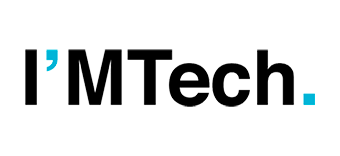Digital transition: the music industry reviews its progress
The music industry – the sector hit hardest by digitization – now seems to have completed the transformation that was initiated by digital technology. With the rise of streaming music, there has been a shift in the balance of power. Producers now look for revenue from sources other than record sales, and algorithms constitute the […]

